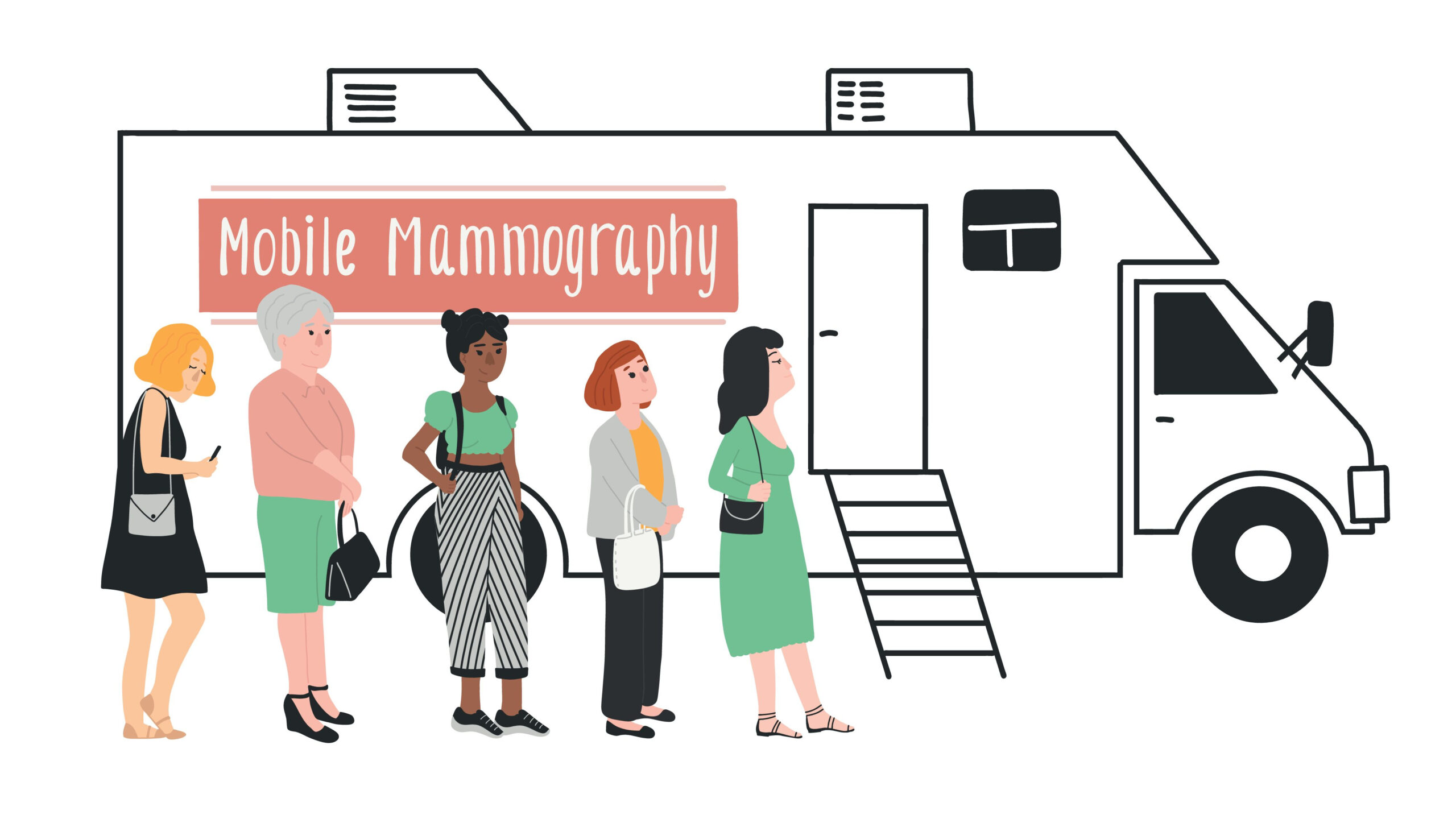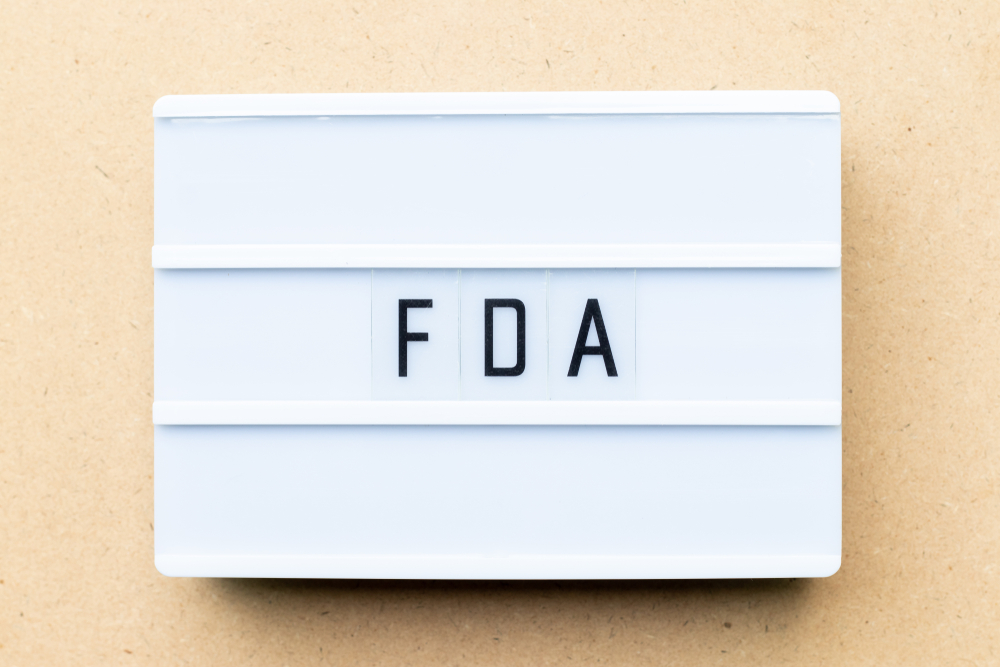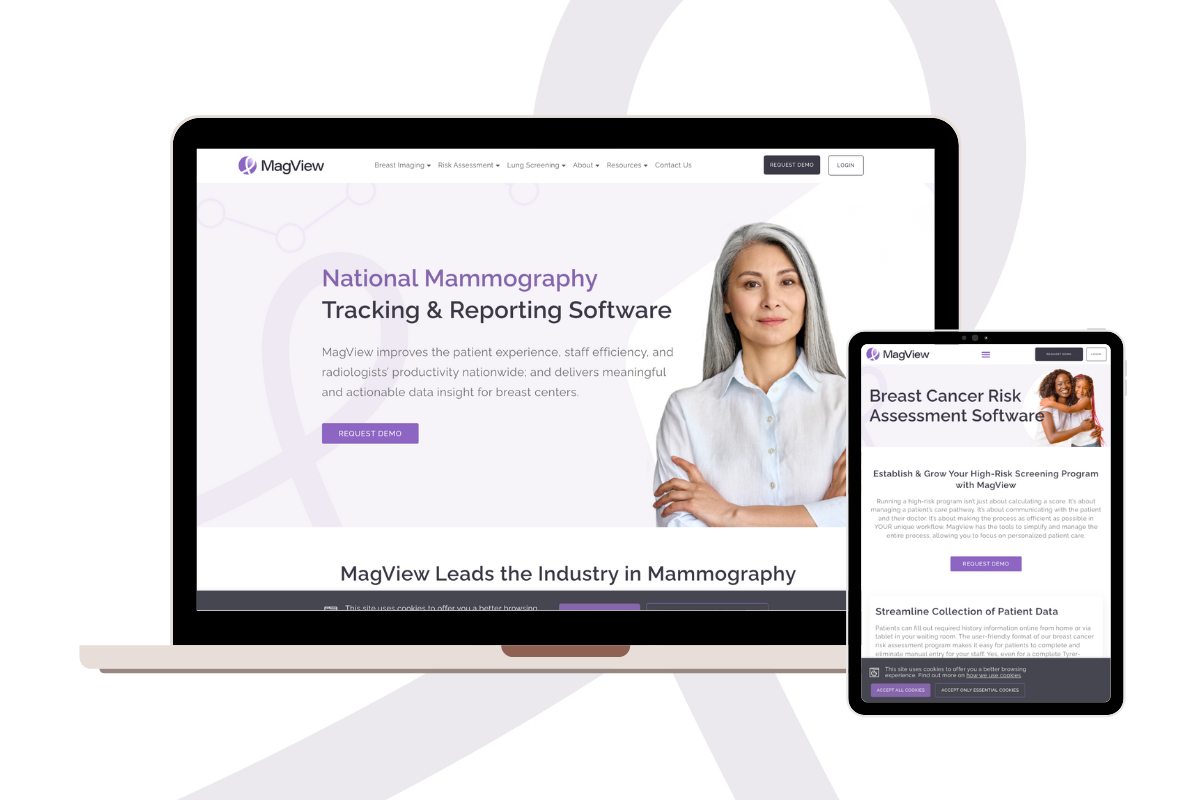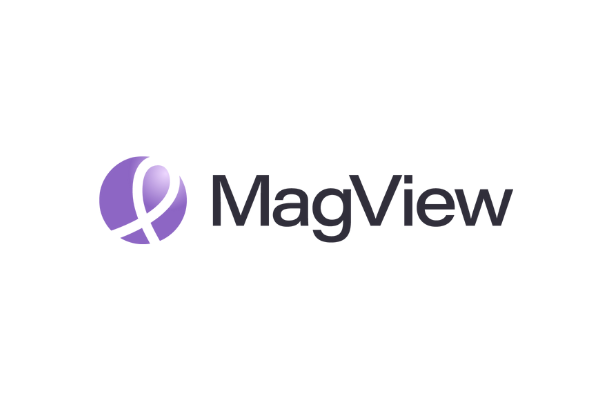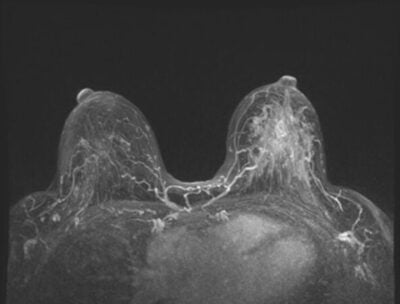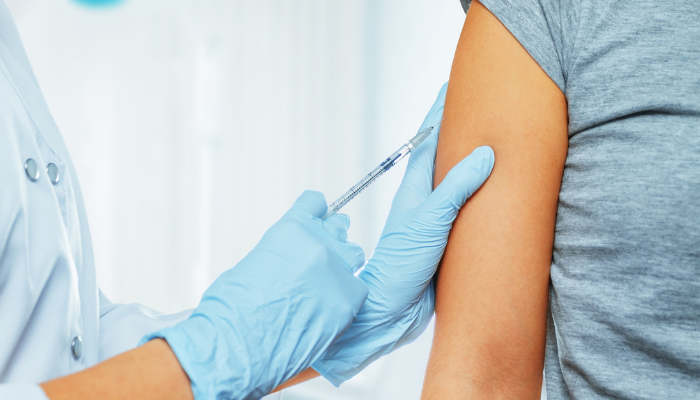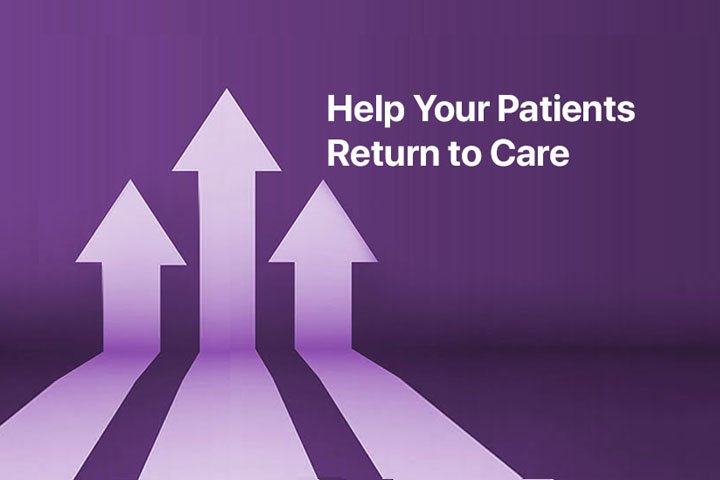State-level breast density notification (BDN) laws arose from a grass-roots effort started by Nancy M. Cappello, Ph.D., after her stage 3C breast cancer diagnosis in 2004, which followed a “normal” mammogram she’d had just six weeks prior.
Questioning why her recent mammogram didn’t detect her advanced cancer, Dr. Capello learned for the first time that she had increased breast density—which both masked the lesion on mammogram and placed her at higher risk of developing breast cancer. In addition to starting an aggressive treatment regimen for her cancer, Dr. Capello dug into the research to find out more.
What she discovered was disturbing: the role of breast density in breast cancer was well-established in the body of research she uncovered, but most women weren’t being provided with this information so they could advocate for themselves.
Increasing Breast Density Awareness
Dr. Capello got to work to increase breast density awareness by founding Are You Dense, Inc, and Are You Dense Advocacy, Inc. with her husband Joseph J. Capello.
Are You Dense, Inc. focuses on providing education to the public “about the risks and screening challenges of dense breast tissue and its impact on missed, delayed and advanced stage breast cancer to reduce advanced disease and mortality” and Are You Dense Advocacy, Inc, is its government relations affiliate.
Although Dr. Capello did well after her initial cancer diagnosis and aggressive treatment regimen, 14 years later she was diagnosed with secondary Myelodysplastic Syndrome (MDS) and later died on November 15, 2018.
However, her work has had a tremendous impact and her legacy lives on.
The first BDN law was enacted in Connecticut in 2009, and according to Dense Breast-Info, some type of breast density notification is now required in 38 states and the District of Columbia (as of June 30, 2021). However, the organization notes that some state laws may only require a general notification about breast density, instead of notifying a woman about her own breast density status. Additionally, “though some state laws are more similar than others, there is no standard from state-to-state on what patients are told or how patients will be informed.”
And on the federal level, the Food and Drug Administration (FDA) made important recommendations about breast density in 2019 when it proposed updates to mammography regulations to include breast density notifications in Mammography Quality Standards Act (MQSA) requirements, which have not yet been finalized.
The Impact of BDN Legislation on Breast Density Awareness Among Patients
According to research, BDN legislation is laying a critical foundation to help increase patient awareness about breast density, but notification alone may not be enough to ensure patients have all the information they need. Here are two examples of recent studies.
The Impact of Breast Density Reporting Laws on Women’s Awareness of Density-Associated Risks and Conversations Regarding Supplemental Screening With Providers
Published in February 2019 in the Journal of the American College of Radiology, this national survey was commissioned by Are You Dense, Inc, and Are You Dense Advocacy, Inc.
The study included 1500 women who were between 40-74 years of age and had obtained a mammogram within two years prior. Participants were assigned to five groups based on “density reporting law features,” and were asked about “their breast density-related knowledge, importance of being notified, and sources of information and if conversations with providers regarding density and supplemental screening occurred.”
Takeaways from the study included:
- Regardless of density law status, almost 90% of women “completely or mostly agree that they would prefer to know their breast tissue type than not know.”
- For the most part, women get their information about breast density and risk “from their health care providers and radiologists,” with those who reside in states with BDN laws “more likely to learn of their dense breasts from the mammogram results letter.”
- “…women in states where individual breast tissue composition is reported are more likely to know that having dense breasts puts a woman at an increased risk for breast cancer.”
- The enactment of a state BDN law “increased the likelihood that women learned of their breast tissue type from a mammogram results letter and health care providers spoke with women about supplemental screening.”
- Those who resided in states where BDN laws had been in place longer “were more likely to know their own density type and, for those with dense breasts, were more likely to say their health care provider talked to them about additional screening.”
The authors summarized study results by noting that “Although most women are now familiar with the masking effect of dense breasts on mammography, they are less aware of density’s inherent increased breast cancer risk. Radiologists and referring clinicians are both involved in engaging women to inform them of their density and risks. Moving forward, patient advocacy groups should advocate for more refined and personalized information about a woman’s specific breast tissue category, associated risks, and discussions regarding supplemental screening.”
Knowledge and Perception of Breast Density, Screening Mammography, and Supplemental Screening: in Search of “Informed”
Published in December 2019 in the Journal of General Internal Medicine, this study was conducted by researchers from the Breast Cancer Surveillance Consortium (BSCS).
Participants included forty seven women who’d recently had a normal mammogram, as well as dense breasts, per BSCS registry data. The aim of the study was to evaluate the breast density knowledge gap by exploring “women’s knowledge and perceptions of breast density and experiences of breast cancer screening across three states with and without notification laws.”
Key results included:
- Participants reported “variable knowledge levels of personal breast density and breast density in general,” which was also true for women residing in states with a BDN law.
- Although “a number” of participants knew that detecting cancer can be more difficult with dense breasts, “only one knew that density increased breast cancer risk.”
- Across all states included in the study, “very few women reported receiving information about breast density during healthcare visits beyond being encouraged to get supplemental imaging or to pay for new mammography technology (i.e., breast tomosynthesis).”
- Participants who were “offered more imaging or different technology held strong convictions that these were ‘better,’ even though knowledge of differences, effectiveness, or harms across technologies seemed limited.”
- Participants from all states included in the study “expressed a strong desire for more information about breast density.”
Breast Density Knowledge Gaps Among Healthcare Providers
Since these studies underscore the important role of patient-provider communications about breast density, it’s critical for healthcare providers to have a solid understanding of breast density, too. However, two studies conducted by Dense Breast-Info revealed that’s not always the case.
Radiologic Technologist and Radiologist Knowledge Gaps about Breast Density Revealed by an Online Continuing Education Course
Published in the July/August 2020 issue of the Journal of Breast Imaging, this study made use of a breast density continuing education course marketed to the radiology community to assess “provider knowledge gaps and their predictors.”
Of the 1649 registrants whose responses could be analyzed:
- 82% were radiologic technologists.
- 7% were physicians.
- 6% were nonphysicians.
Of those who were physicians and radiologic technologists, over 90 percent in each category specialized in radiology.
Conclusions from the study included:
- “Important knowledge gaps about breast density, breast cancer risk assessment, and screening exist among radiologic technologists and radiologists.”
- “These knowledge gaps, particularly among physicians, may lead to the underutilization of comprehensive risk assessment and the underuse of screening MRI in women at high risk.”
- “Continued development of targeted, medically-sourced educational resources to facilitate well-informed shared decision making between patients and providers is important to ensure patients are recommended for appropriate breast cancer screening.”
Knowledge Gaps Regarding Breast Density Among Women’s Health Providers can be Addressed with Web-based Education and May Lead to More Informed and Effective Patient-Provider Communications
Published in Menopause in August 2021, this study, also conducted by Dense Breast-Info, “sought to assess the effect of an educational intervention, based on DenseBreast-info.org website content, on women’s healthcare provider knowledge of breast density, its risk and screening implications, and comfort level discussing these topics with patients.”
Of the 177 providers analyzed, 74.0% were physicians and 71.8% practiced obstetrics/gynecology.
In an announcement about the study, Dense Breast-Info summarized results that revealed a major gap in pre-test breast density knowledge among participants about issues that included:
- The major increase in breast cancer risk for women with extremely dense breasts
- The higher risk associated with an increase in the amount of glandular tissue present
- The fact that 3D/tomosynthesis doesn’t detect cancer in extremely dense breasts any better than 2D mammography does
- The need for supplemental ultrasound after mammography for certain patients with dense breasts
The good news is that the educational intervention was quite effective: “Comfort in navigating patient discussions about breast density impact on breast cancer risk, masking cancer detection on mammography, and appropriate consideration of supplemental screening increased significantly from pretest to posttest.”
In the study announcement, Wendie Berg, MD, PhD, Professor of Radiology, University of Pittsburgh School of Medicine, Magee-Womens Hospital, Department of Radiology and Chief Scientific Advisor, DenseBreast-info.org underscored the importance of the findings: “While density inform laws were developed to raise patient awareness about dense breast tissue, they do not, on their own, fully educate women about dense tissue. Women’s healthcare providers play a critical role in communicating clear, accurate information to patients about the masking and screening implications of dense breast tissue. In addition to more appropriate breast cancer screening recommendations, improving knowledge among providers may result in more informed and effective patient-provider communications which would improve patient understanding of the implications of dense tissue and encourage shared decision making about breast health.”
While these studies don’t represent all that have recently been published regarding breast density knowledge among patients, they do reveal some important connections between the educational content women want and need; the role of effective communications with their healthcare providers in this context; and the need for healthcare providers to be equipped with evidence-based breast density resources to inform practice and partner with patients in their care.
Breast Density Education and Notification Resources
There are many reputable organizations which provide breast density resources to help breast centers provide the education their patients and providers need—including the three highlighted here.
- Are You Dense? offers an array of patient educational materials, as well as additional research related to early detection and breast density.
- BCSC provides access to an extensive body of breast cancer research through its blog, as well as tools for the public to use.
- Dense Breast-Info offers an array of educational resources for both patients and providers.
There are additional breast density websites that offer information for both patients and referring providers, which can be found in a list provided by the Society of Breast Imaging and compiled by Jennifer Harvey, MD, FACR, FSBI, a scientific advisor for DenseBreast-info, Inc.
Another important way breast centers can improve these gaps is by partnering with a state-of-the art mammography reporting system that offers software solutions that align with the latest MQSA regulations and are delivered through a platform that offers a variety of cutting-edge tools. These tools should support optimal patient care while making life easier for patients, clinicians, and the breast centers who support them.
MagView is such a partner, and we can provide the support you need to ensure excellence in patient care and adherence to compliance within an evolving regulatory landscape.
For information on how to automatically incorporate automated breast density in your radiology report, click here.
For information on risk models and tips for implementing risk-based screening at your practice, click here.
Contact us today to learn more.



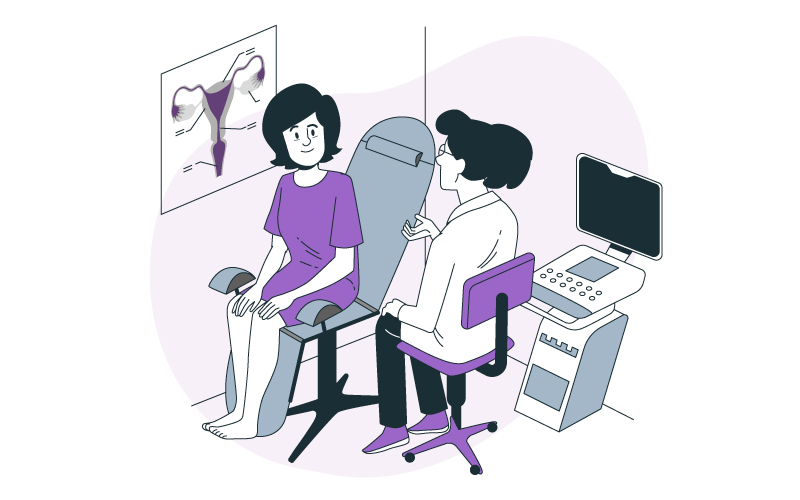




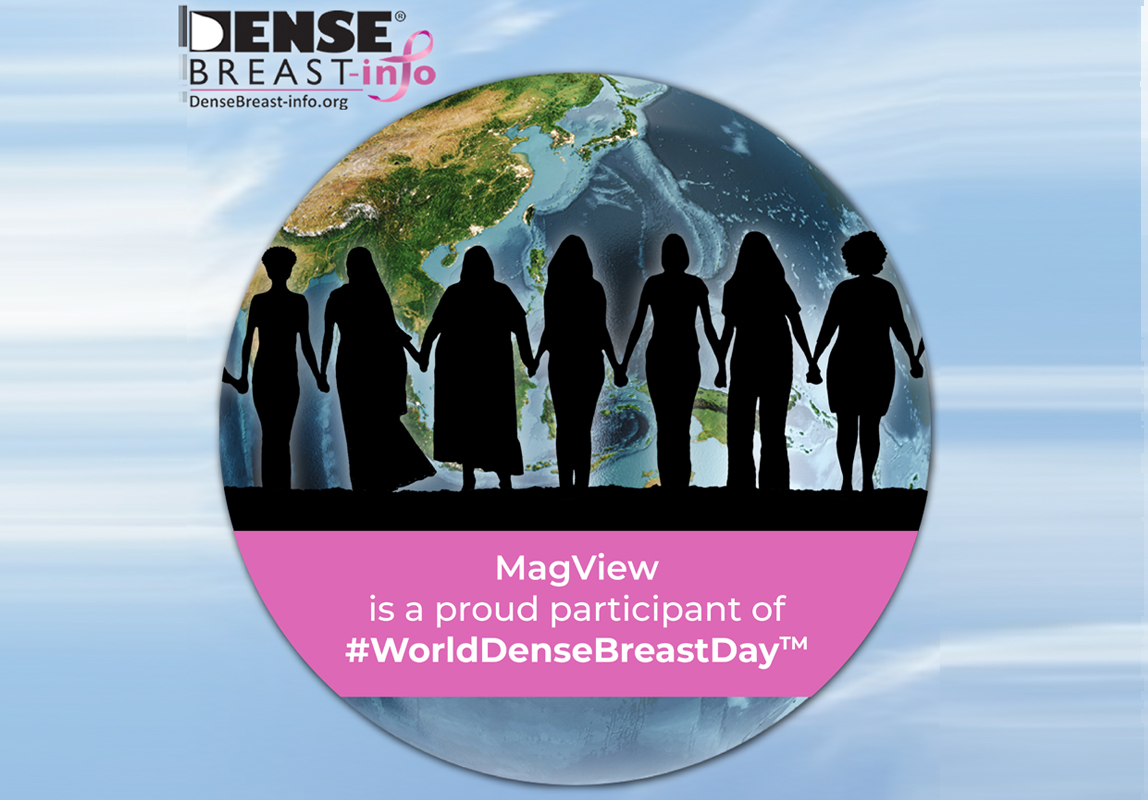
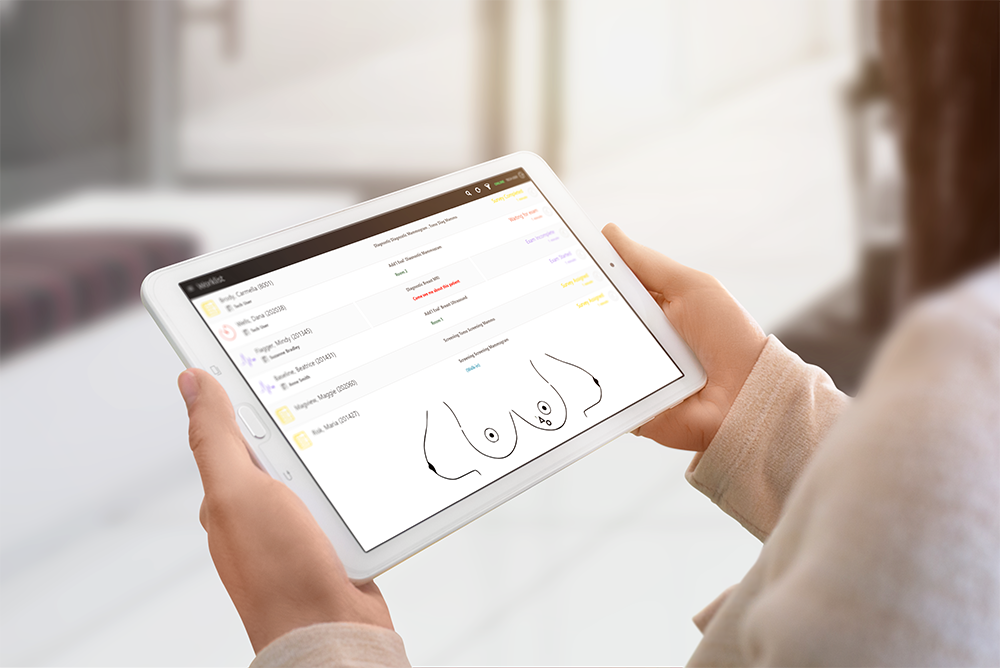

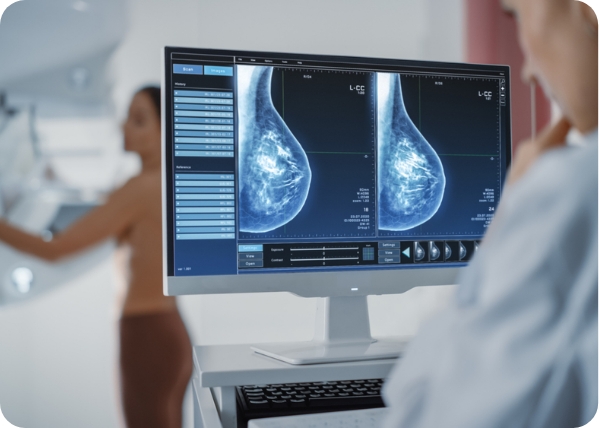


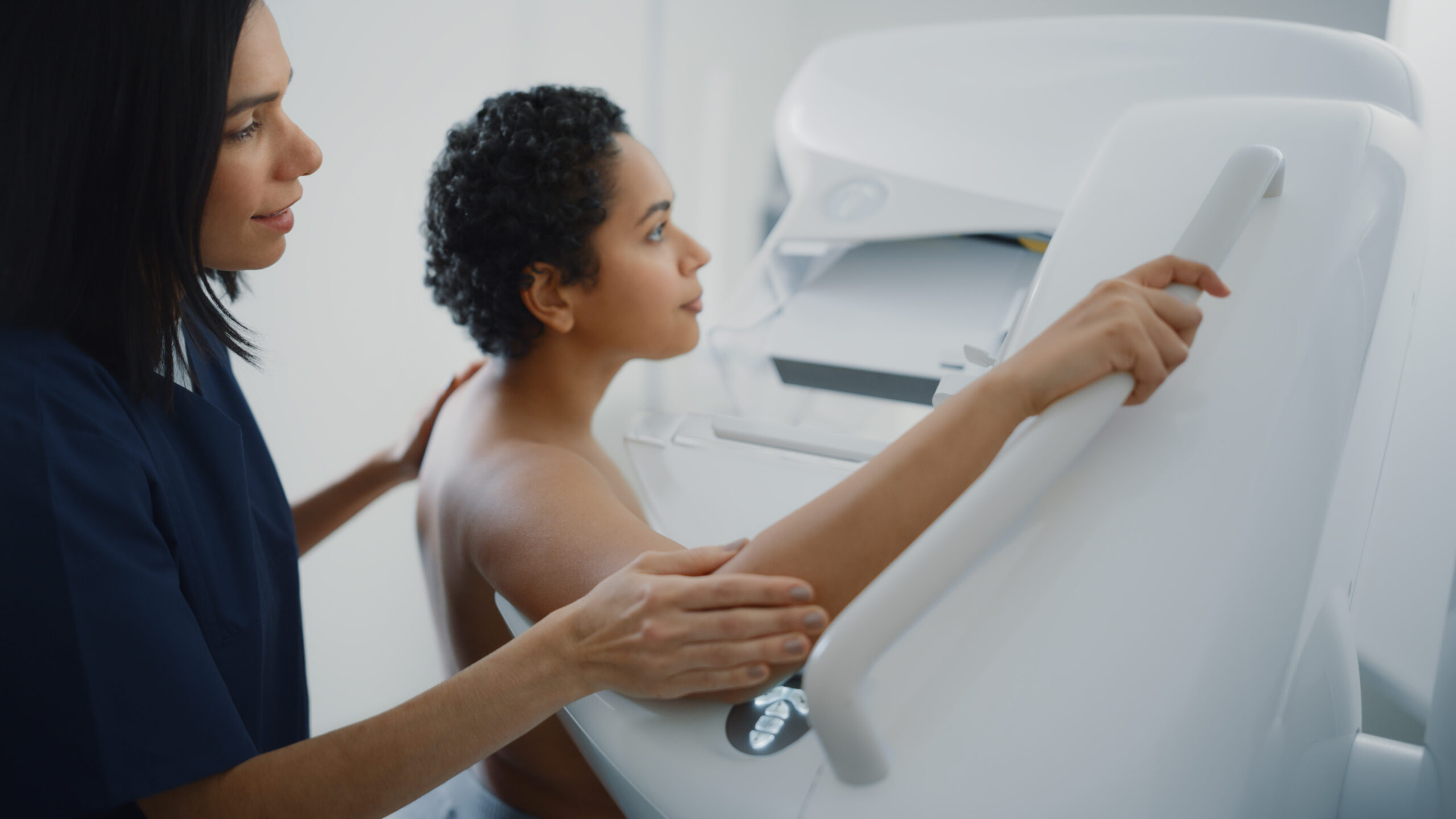
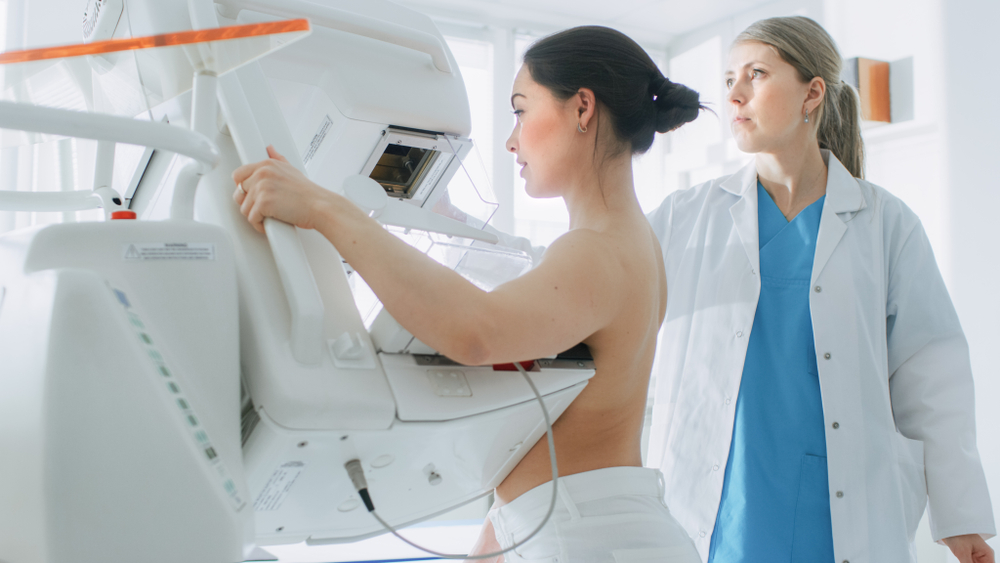
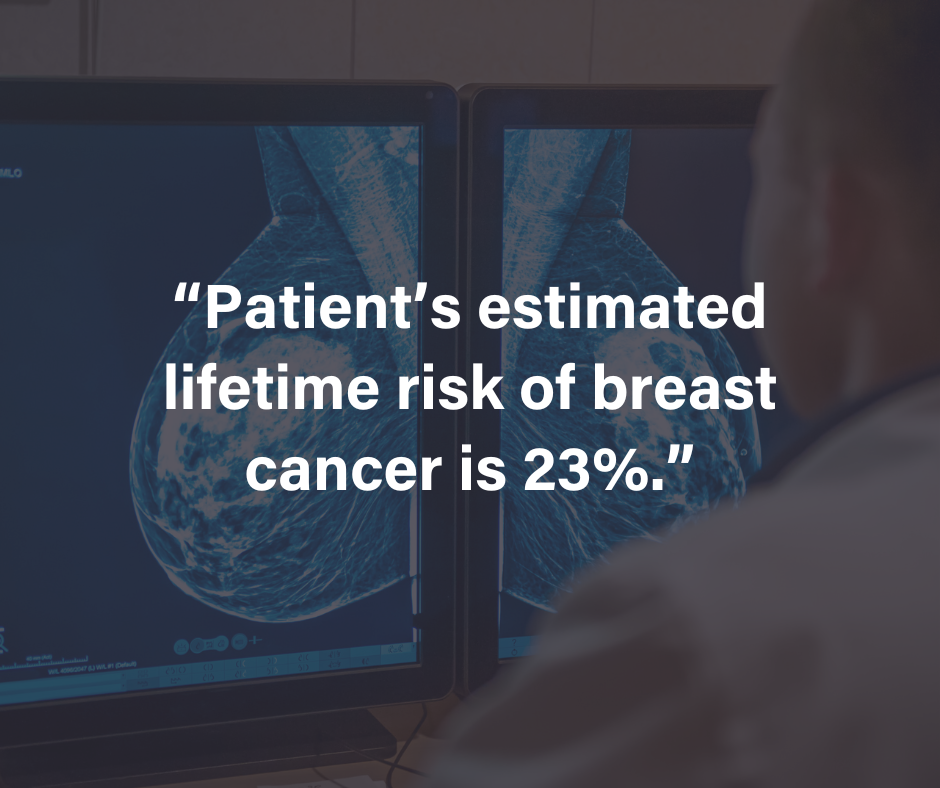







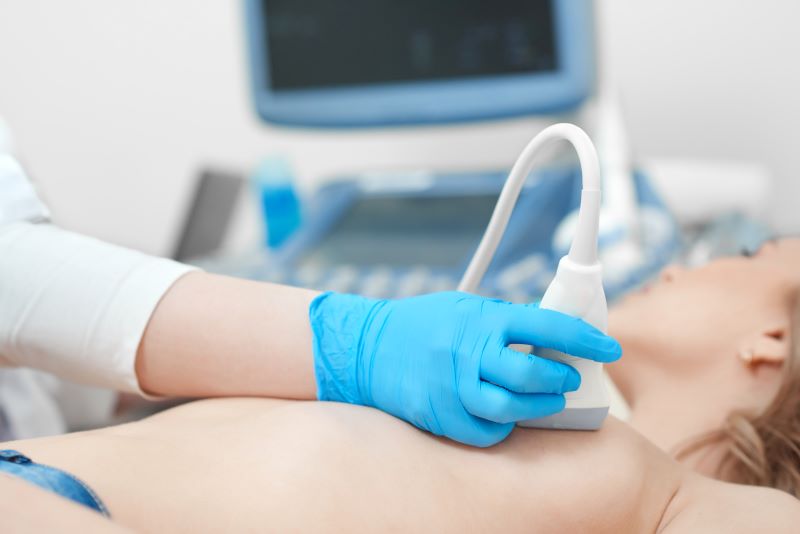
![monitoring breast density shutterstock_1299510538-[Converted]](https://magview.com/wp-content/uploads/2023/05/shutterstock_1299510538-Converted.jpg)
